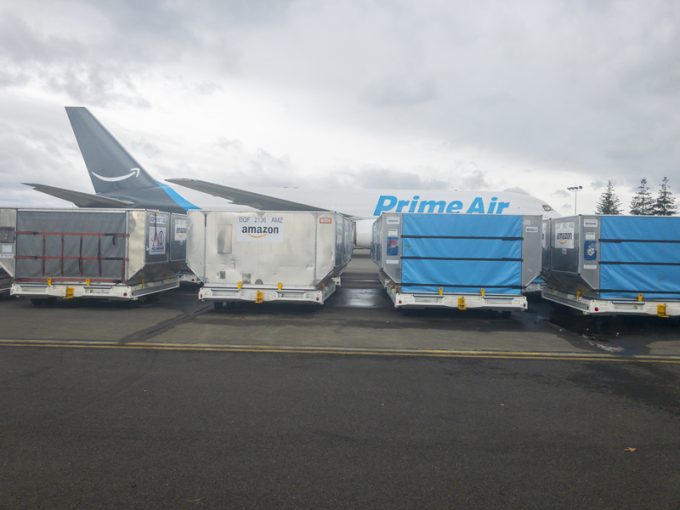Making sense of the sheer Amazon LTL nonsense
Thank the pros

Amazon is set to boost its freighter fleet to more than 85 aircraft by the end of next year.
In addition to the roll-out of a dozen 767-300 freighters leased from ACMI provider ATSG, the e-commerce giant is bringing in 11 more 767Fs.
But, unlike Amazon’s traditional leasing approach to building a dedicated air network, the 11 new 767s are outright purchases: four from WestJet and seven from Delta Air Lines.
The move is no surprise, though. The writing has been on the ...
Transpacific sees first major MSC blanks as rates fall and volumes falter
'It’s healthy competition' Maersk tells forwarders bidding for same business
Shippers snap up airfreight capacity to US ahead of tariff deadline
White House confirms automotive tariffs – 'a disaster for the industry'
Volcanic disruption at Anchorage could hit transpacific airfreight operations
New price hikes may slow ocean spot rate slide – but for how long?
Tighter EU import requirements proving 'a challenge' for forwarders

Comment on this article